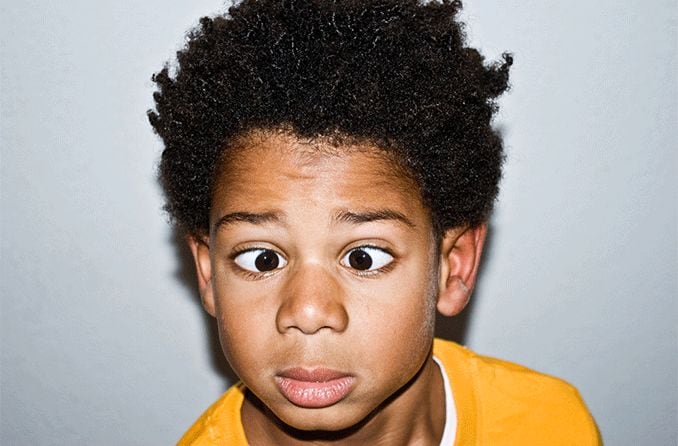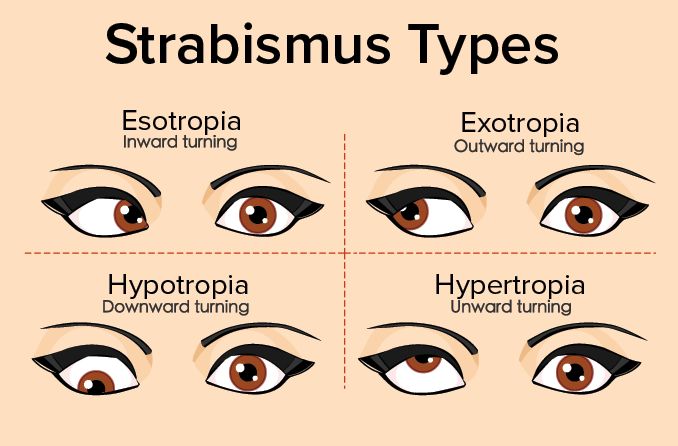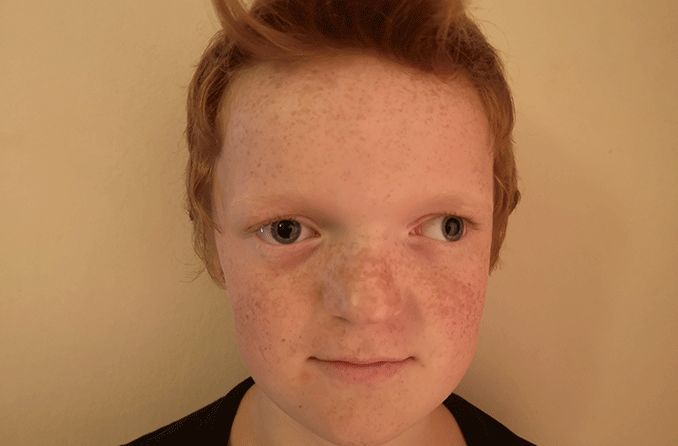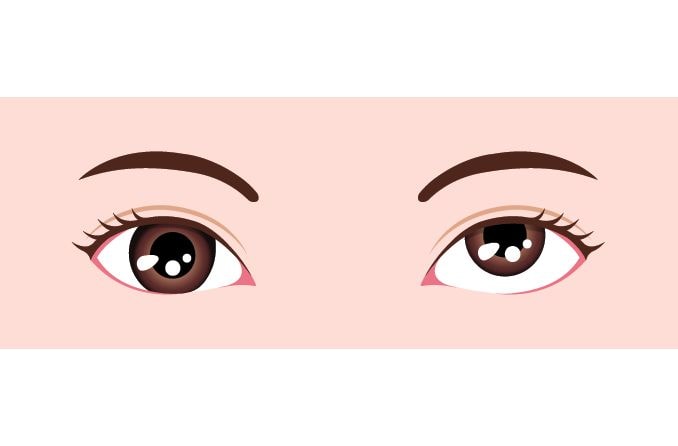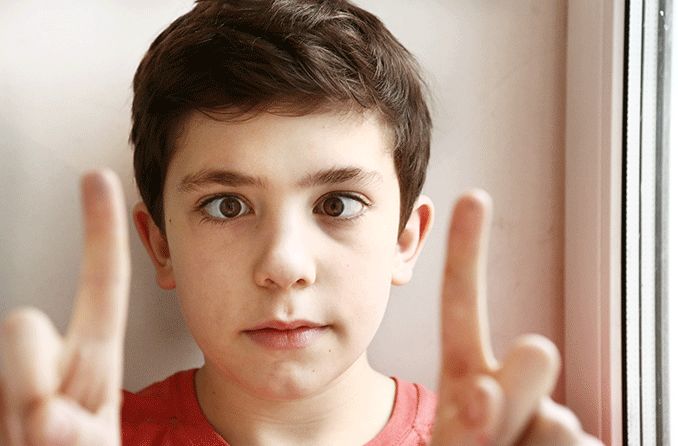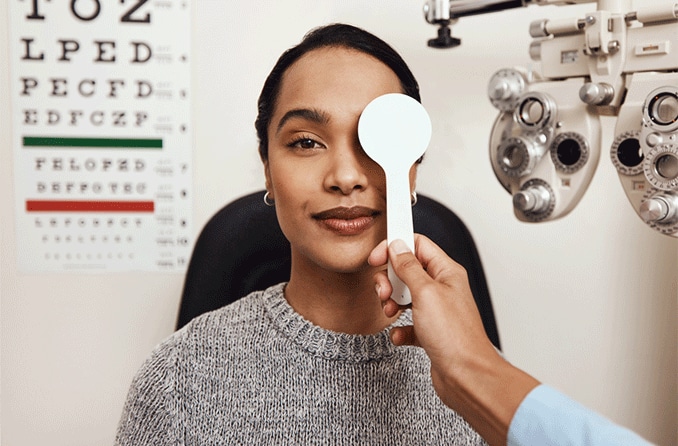Diagnosis
To diagnose esophoria, an eye doctor will first visually examine the eyes for any alignment problems. A series of cover tests are then performed to help pinpoint the issue. These include the:
There are two types of misalignments to look for during these tests: tropias and phorias.
Cover-uncover test
During a cover-uncover test, an eye doctor covers one eye with a hand or small paddle, looks for misalignments, then uncovers that eye and repeats the process on the other eye.
This test is helpful in detecting eye tropias (when an eye turn is present at all times): If the uncovered eye wanders inward or outward when the other eye is covered, a tropia is likely present. If both eyes remain looking straight ahead throughout the test, further cover testing is performed to look for a phoria. If a phoria is present, the eye that is covered by a paddle moves when that paddle is removed.
Alternate cover test (cross cover test)
An alternate cover test (sometimes called a cross cover test) is performed the same way as the cover-uncover test, but instead of lifting the instrument up and away from the eye, the cover paddle alternates back and forth between the eyes. This action breaks the fusion between the eyes, which brings out a phoria if one is present.
If esophoria specifically is present, one of the patient’s eyes will wander inward during this test. The cover-uncover test determines whether an eye misalignment is a phoria or a tropia. The alternate cover test helps an eye doctor determine the direction and amount of phoria or tropia.
Prism cover test
Should an eye deviation be detected during an alternate cover test, your eye doctor will then measure the degree of misalignment through a prism cover test. The process is similar to the alternate cover test, but incorporates a prism for the measuring portion.
Once the deviating eye is identified, prisms of increasing magnitude are placed over that eye until proper alignment of both eyes is reached. The magnitude used to achieve the alignment is recorded and prism may be added to the glasses prescription.
